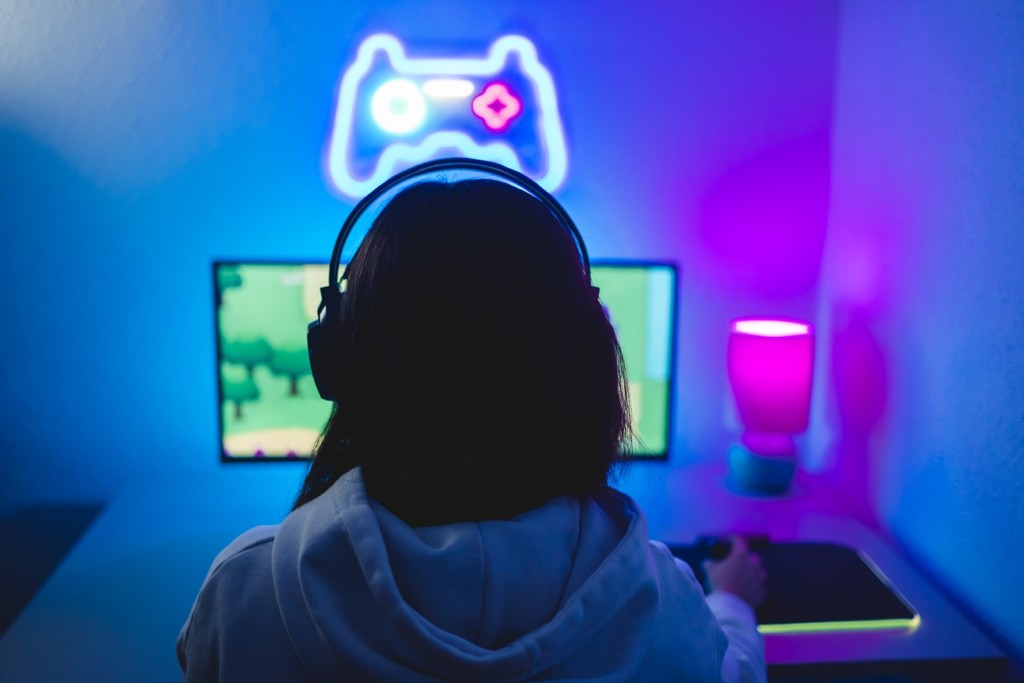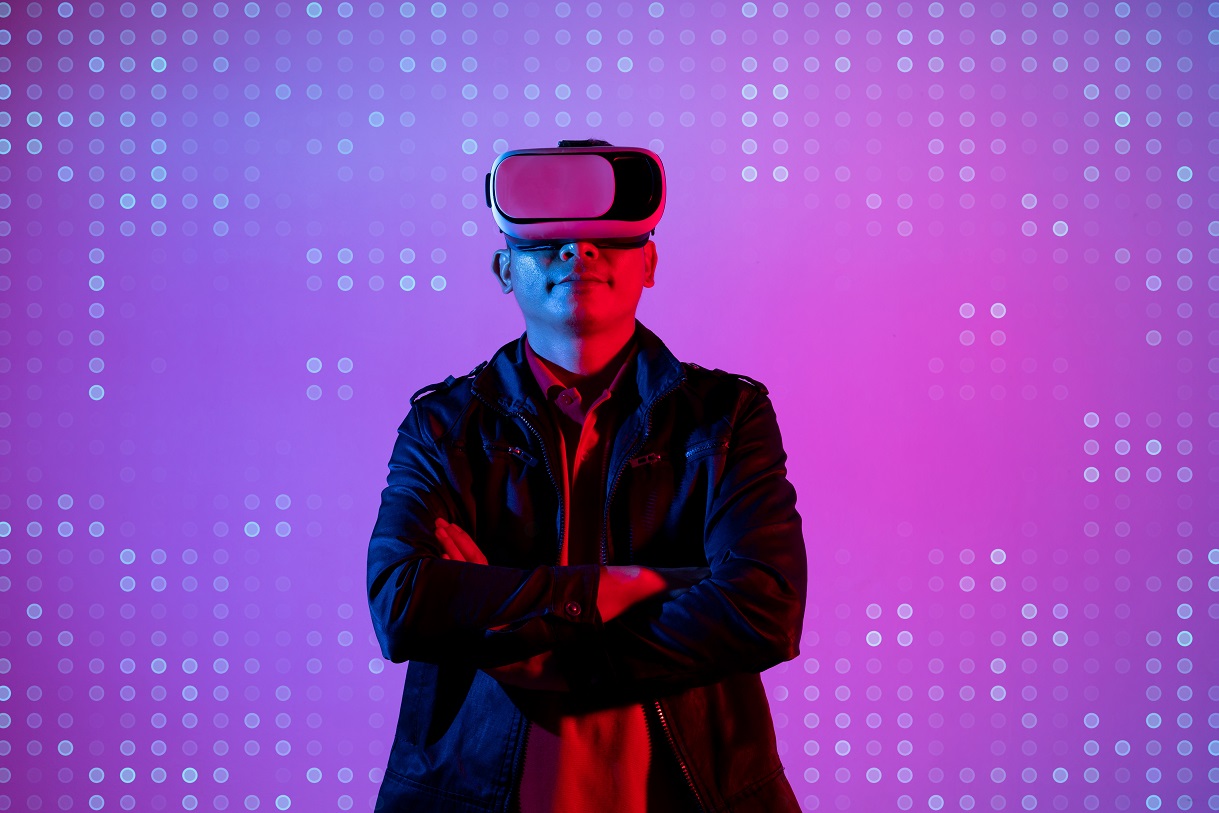Why successful campaigns require a multi-sensory approach
What makes a campaign newsworthy?
This is the question marketing teams are always breaking their backs trying to figure out. A campaign that makes headlines, reaches millions, and inspires worldwide engagement—that’s the dream. Oftentimes, what’s new is generally considered to be what’s exciting. This translates into constantly trying to be at the forefront of technology, the cutting-edge of what is possible.
But as the most well-known futuristic experiment, the Metaverse, continues to experience growing pains, marketing teams should take stock of what’s currently available – rather than looking to the future – and make the most of it. In fact, more often than not it’s not about reinventing the wheel, it’s about connecting the dots.
At present, audio consumption exceeds audio spend by quite a significant margin. While consumers spend up to 31% of their time with audio, brands dedicate only 8.8% of their media spend on it. Most people do not and cannot engage with all the latest technological developments in their daily lives, but they do express their identities in games, listen to their media on the go, and speak to their gadgets.
These hybrid experiences are not new per se – Second Life anyone? – but it requires an innovative approach to tap into this blended world effectively with the tools that are readily available. With such a variety of platforms each catering to different senses – Instagram to the eyes, Spotify to the ears, gaming to the hands, etc. – it makes the digitised world an exciting, albeit complex, space for the advertiser to navigate. There are, however, some common elements that tie these disparate experiences together.
Make it playful
As technology embeds itself ever deeper into our lives, new developments such as Web 3.0, or the Internet of Things, are expanding the way we interact with each other, develop our interests, discover new things, and experience the world. Brands and advertisers should keep a finger on the pulse of technological advancements, especially when it comes to understanding how they may shape our future environment. But this doesn’t mean that innovation is equal to hopping on the latest digital bandwagon.
Oftentimes, innovation involves thinking laterally: looking at how two seemingly unrelated industries or sectors can be combined in an imaginative way. This is happening – and has been happening for a long time – in the gaming sphere, which has creative play at its core. Here, the fashion industry is making the most out of new levels of personalisation and self-expression.
Fuelled by the pandemic and unleashed from the limits of physics, games and digital words have enabled both designers and players to experiment freely. Beyond just providing individual ‘skins’ to players, brands can allow their own creativity free reign and build entire worlds in their vision. This has also benefited consumers in that it has become a space where usually inaccessible brands – Louis Vuitton, Balenciaga, Gucci – are available to everyone and anyone.
One report predicts that the global market size of the digital fashion industry will grow by $6.61 billion dollars between 2021 and 2022 – propelled by the demand for personalised digital experiences on one hand, and developments in augmented reality (AR) and virtual reality (VR), and NFTs on the other. Brands can choose to either become part of these digitised environments or fashion their ads in a way that allows them to play, such as through audio ads that are timed to be unobtrusive.
Make it immersive
We rely on sound every day: we listen to music, podcasts, or the radio; we listen sitting down, standing up, doing menial tasks, and on the go. We listen through our headphones, on our devices, and our smart speakers. So when we use the term ‘immersive’, we need to think about this in the physical sense. To be fully taken in by sound requires audio experiences to extend into and adapt to our environment.
Sound is ubiquitous, and some brands have leveraged technology to take audio advertising one step further, into the physical space of their consumers. Interactive ads make use of the growing number of smart speakers, and elsewhere, we see Apple bringing the cinematic surround sound experience out of the theatre and into people’s cars. On a smaller scale, headphones are only getting better.
Other companies are tuning into this digital sound development differently by building sonic identities, branding, and logos, a strategy that benefits from both the omnipresence of sound and the way we use digital, hands free gadgets. Ads can merge into the background, while at the same time filtering into our consciousness – boosting brand recall and favourability, as much as 38% and 13% in Tostito’s case.
Coffee brand L’Or made the most out of podcast listenership by contextually integrating their product into shows, leveraging the reach and personability of hosts, and inviting customers to be part of the experience. The range of ways brands can make audio work for them is extensive – it just requires a little creativity.
Make it hybrid

Gamer girl playing and streaming online video games – Metaverse and technology concept
These experiences succeed because they seamlessly merge, bridging the gap between two worlds. Previously unavailable access and more is granted in the virtual, and the impossible becomes possible.
Most of us have heard of Ariane Grande and Lil Nas X gigs on Fortnite and Roblox – but in the same way that art evolves and grows through and into the digital, so the digital makes its way back into our reality. One example of this is a ‘Game Music Festival’ which brought video game music into our midst, complete with educational sessions on composing, dynamic triggers, music volume, and more. Any interactive gadgets do something similar: they bring the digital into daily life.
These hybrid experiences pivot on the consumer’s ability to interact with their environment. Whether it’s choosing clothes, responding to an ad via your smart speaker, attending a virtual concert, or experiencing surround sound from the comfort of your car, what we are seeing in all cases is a kind of personalised immersion that spans sectors, the real, and the digital, in creative, playful ways.
Connecting the dots
An advertiser’s job is to connect these dots – between entertainment and education, fashion and gaming, music and technology, virtual and real – to build personalised, engaging interactions. Working with people from diverse backgrounds and sectors enhances the user experience, revitalises processes, and reinvents stale structures. For example, launching an OOH campaign along a commute route and coupling this with a geo-targeted podcast ad campaign along the same route covers more ground – and has more chance to appeal to more consumers.
These collaborations and crossovers are, in themselves, not new. But in order to come up with different ideas, we need to embrace new directions and challenge specifically delineated industries. Instead of chasing the latest tech at every turn, brands should take a moment to explore that which is in reach and where their audiences already are.



